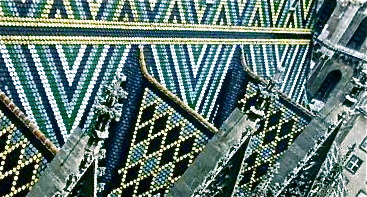“Love
God and do as you please.” Or, “Love God and do as you wish.” Or, “Love God and
do what you will.”
This famous quote from Augustine of Hippo (534-430) is commonly interpreted to mean if we love God, then what He wants will become
what we want—and what we want will invariably be what He wants. Thus, if we want it, whatever it might
be, it is within the will of God.
In effect, God yields His providence to the sovereignty of our feelings,
our wishes, our desires. Ethics
becomes a subjective enterprise.
Reading
the quote in context however, reveals an entirely different meaning. Found
in the tract, In epistulam Ioannis
ad Parthos
(Tractatus VII, 8), the passage reads:
“Once for
all, then, a short precept is given unto you: Love God, and do what you will: whether you hold your peace,
through love hold your peace; whether you cry out, through love cry out;
whether you correct, through love correct; whether you spare, through love do you
spare: In all things, let the root of love be within, for of this root can
nothing spring but what is good.”
In
other words, Augustine is arguing objectively rather than subjectively--that
when the love of God is the governing principle of our lives, then all that we
think, say, and do will necessarily be yielded to that love. If our love of God is real and profound,
then obedience and faithfulness, right thinking and right actions will flow
irresistibly from that love. Perhaps, what he had in mind was to expound on Paul's exhortation in 1 Corinthians 16:14, "Let all that you do be done in love."
And that is quite the opposite of saying that if we love God, then what He wants will become what we want.
And that is quite the opposite of saying that if we love God, then what He wants will become what we want.
Context
makes all the difference in the world.
“Love
God and do what you will.”



